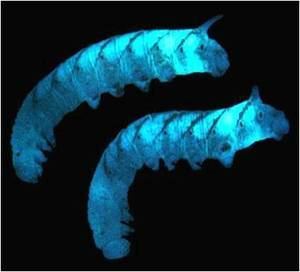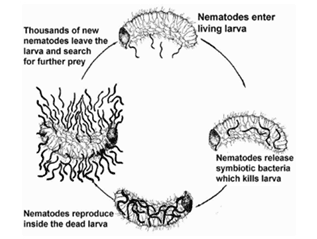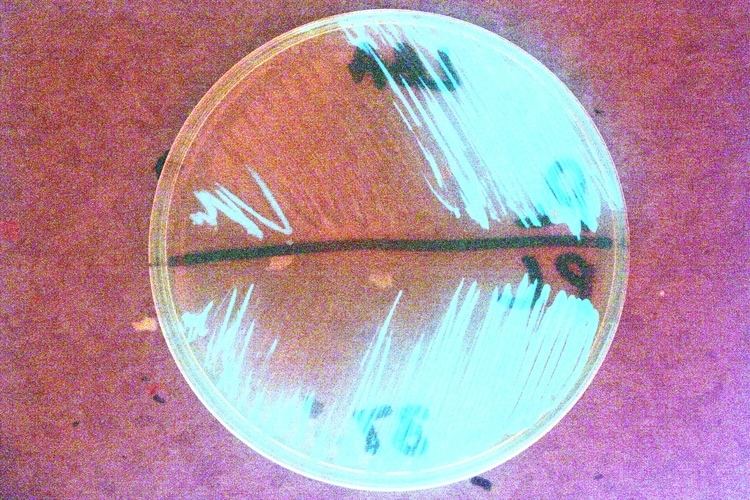Order Enterobacteriales Higher classification Photorhabdus | Phylum Proteobacteria Family Enterobacteriaceae Scientific name Photorhabdus luminescens Rank Species | |
 | ||
Similar Photorhabdus, Bacteria, Xenorhabdus, Heterorhabditis, Heterorhabditis bacteriophora | ||
Photorhabdus luminescens (previously called Xenorhabdus luminescens) is a Gammaproteobacterium, belonging to the family Enterobacteriaceae, and is a lethal pathogen of insects.

It lives in the gut of an entomopathogenic nematode of the family Heterorhabditidae. When the nematode infects an insect, P. luminescens is released into the blood stream and rapidly kills the insect host (within 48 hours) by producing toxins, such as TcA. P. luminescens also produces a proteic toxin through the expression of a single gene called makes caterpillars floppy (mcf).

It also secretes enzymes which break down the body of the infected insect and bioconvert it into nutrients which can be used by both nematode and bacteria. In this way, both organisms gain enough nutrients to replicate (or reproduce in the case of the nematode) several times. The bacteria enter the nematode progeny as they develop.

3,5-Dihydroxy-4-isopropyl-trans-stilbene is produced by P. luminescens bacterial symbiont of the nematode Heterorhabditis megidis. Experiments with Galleria mellonella infected larvae supports the hypothesis that the compound has antibiotic properties that help minimize competition from other microorganisms and prevents the putrefaction of the nematode-infected insect cadaver.
P. luminescens is bioluminescent; however, the purpose of this is not yet properly understood. It has been reported that infection by this bacterium of the wounds of soldiers in the American Civil War caused the wounds to glow, and that this aided the survival of the soldiers due to the production of antibiotics by P. luminescens. This led to the phenomenon's nickname "Angel's Glow."
P. luminescens genome has been sequenced. It contains a MACPF protein, however, this molecule appears non-lytic. It also contains the gcvB RNA gene which encodes a small non-coding RNA involved in the regulation of a number of amino acid transport systems as well as amino acid biosynthetic genes.
It is a source for bioluminescence imaging.
